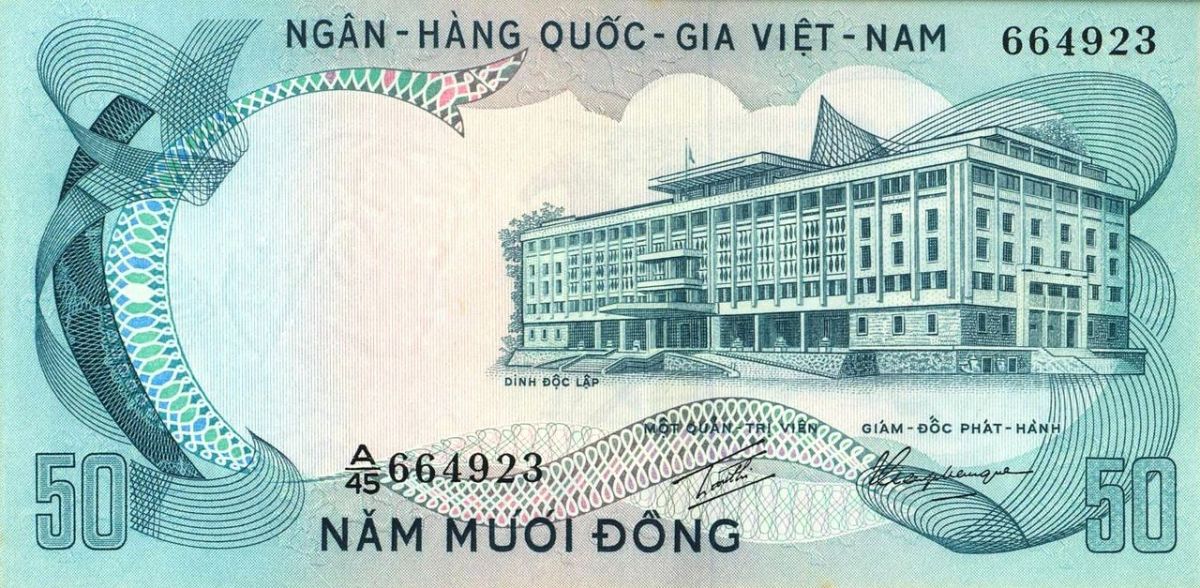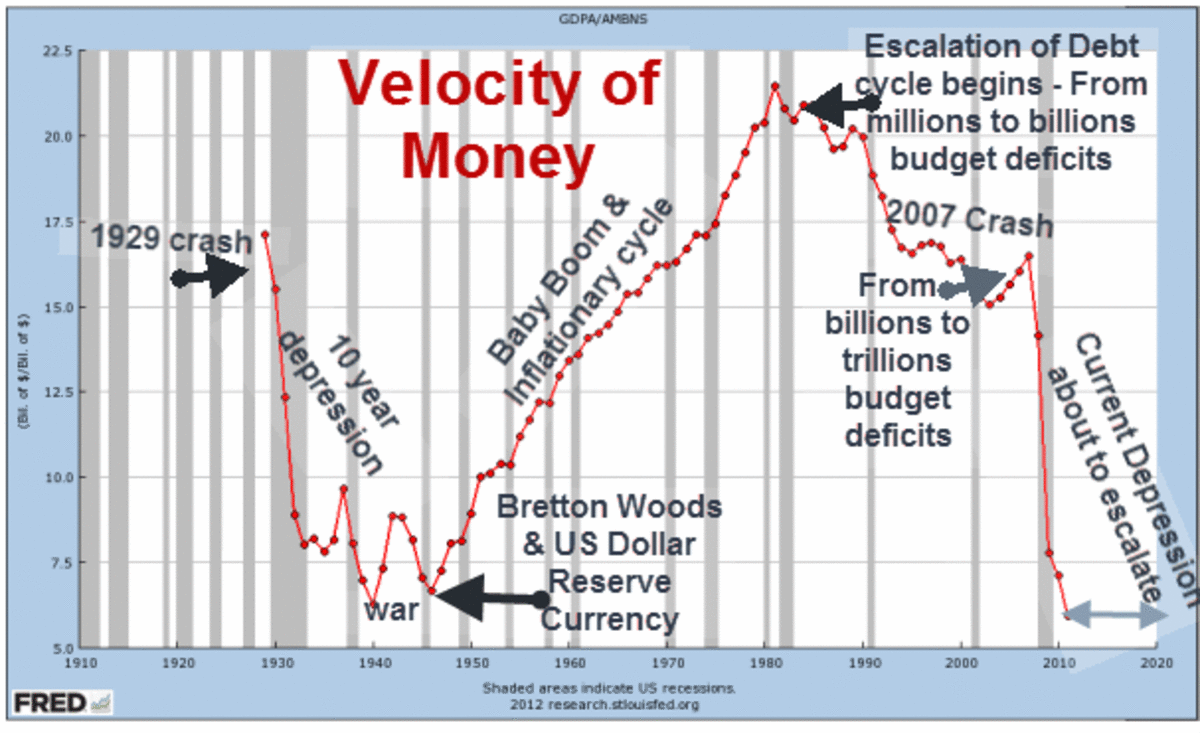Australia's Economic Growth and Its Relationship With Inflation
Economic Growth is an increase in the volume of goods and services that an economy produces over a period of time. On the other hand, inflation is the sustained increase in the general level of prices in an economy. Both growth and inflation are interconnected. In 2018 Australia has entered its 28th consecutive year of growth, which is attributed to the government’s inflation targeting. Through the manipulation of the cash rate, the Reserve Bank targets 2 – 3% inflation over the business cycle. In doing so, a sustainable economic growth of 3 – 4 % is achieved. Australia’s trend economic growth over the past 30 years is 3.2%. This results in growth being more moderate but longer lasting. Therefore in recent times in the Australian economy, low inflation can be seen as a prerequisite for sustainable economic growth.
The sustained growth of the Australian economy during the first five years of the resource boom (2003 - 2008) saw persistently high inflation levels due to demand-pull inflation. However, the slowdown in the economy following the GFC in 2009 largely eliminated inflationary pressures. Nonetheless, a quick recovery in economic growth from 2010 brought increasing inflation. But since 2012, growth has trended below average causing inflation to reduce markedly.
Before the Global Financial Crisis 2002 - 2008
Before the GFC (2002 – 2008) Australia recorded very strong economic growth. The country’s average growth rate during 2004-2008 was 4.5%. This resulted from a shift of global economic growth from the US to China. Australia thereon became a major beneficiary because of the rapid growth in their demand for resources such as iron ore and coal. Subsequently, the increase in demand saw both the quantity exported and prices of minerals increase. In 2008, iron ore prices peaked at $185/ tonne compared to 1998 prices at $12 / tonne. This led to inflationary pressures building, but was generally kept under control by tight monetary policy with 12 rates rises from 2004 to 2008, and rates rising from 4.75% to 7.25%.
Despite the increases in the cash rate over this period, high levels of business and consumer confidence persisted, resulting in increases in consumption. Therefore, since labour is a derived demand, the increased demand for Australia’s goods and services created a higher demand for labour. Thus, unemployment in this time period was reduced to as low as 4% in 2008 from around 7% earlier in the decade, below the non-accelerating inflation rate of unemployment (NAIRU) of 4.8%. Hence, with the Australian economy at ‘full capacity,’ demand-pull inflation emerged. Consequently, inflation rose to 5%, well outside the RBA’s target range of 2-3%.
The Global Financial Crisis 2008 - 2009
The GFC saw slow growth plague Australia during September 2008 to 2009. Australia had a 1.7% GDP growth in 2008-09 and successfully avoided a recession unlike other developed economies, such as USA, Japan and Europe. The period of strong inflationary pressures ended with the global downturn, which reduced consumer confidence, investment spending, demand for labour and wage growth. As confidence declined whilst uncertainty and risk aversion increased, both consumers and businesses delayed or cancelled spending and production plans, especially for consumer durables and capital goods. This resulted in inflation decreasing to 1.2%. Additionally, Australia’s major trading partner China saw growth diminish to 6.2 % in 2009. This meant reduced demand and prices for Australian commodities and is evidently highlighted in the iron ore prices slipping to below $100 / tonne.
Consequently, due to growth being well below the 3-4% target band, unemployment rose from 4% to 5.9%. This high unemployment accentuated a fall in aggregate demand (AD) and few wage cost pressures. As a result, a ‘deflationary gap’ was created. However, the country was able to avoid a recession because the government promptly responded with a large-scale fiscal stimulus and use of monetary policy. The short term boost of the government stimulus package totalling $52 billion, and the Reserve Bank’s implementation of its ‘emergency setting’ of cutting the cash rate from 7.25% to 3%, both stimulated growth. The effect of these interventions is illustrated through their estimated influence of adding 2% to growth, when growth was only 1.6%. Furthermore, the emergency cash rate setting emphasizes the lack of inflationary pressures.
What Do You Think?
Are The Effects of the Global Financial Crisis Gone?
After the Global Financial Crisis 2010 - 2012
Post-GFC during the period from 2010 to 2012, Australia embraced a strong rebound in growth. The country recorded a faster growth rate of 3.5%. This was fuelled by a recovery in domestic demand and a gradual fall in unemployment to 4.9%, nearing full employment. However, the main contributor was the substantial boost in mining investment, primarily due to China’s growth quickly bouncing back to 11.9% in 2010. This caused commodity prices to rebound. Iron ore returned back above $180/ tonne and coal soared up from $56 in 2005 to $130 in 2012. Consequently, capacity constraints emerged in the economy. This created bottlenecks, increases in production costs and most importantly added to inflationary pressures.
Additionally, the TOT recovered after the GFC and by September 2011 reached their highest level in 140 years - and 65% above their average level during the twentieth century. Rapid growth in the TOT provided an extraordinary large stimulus to domestic incomes in Australia. The Reserve Bank noted in 2011 that the TOT boom had added an extra 15% to Australia’s nominal GDP, equivalent to over $190 billion per year. Thus, Australian wages rose by 4% without any increase in productivity. Moreover, this coincided with a temporary reduction in aggregate supply due to natural disasters. For example, the floods across Eastern Australia and cyclone Yasi over the summer of 2010 and 2011 increased inflation. All these factors combined to bring about a rise in Australia’s official inflation rate to 3.5 % in 2011, above the Reserve Bank’s target range.
Australia's Situation 2013 - Present
Between 2013-14 Australia’s average economic growth slowed. In the year to June 2013 growth was 3.1% and in the year to June 2014 2.8%. Growth became subdued due to external and internal demand factors. China’s growth receded to 7.6% and global growth to 3%. Therefore Australia experienced a slowdown in foreign investment. Furthermore, as a result of this slowdown in the economy, the nation’s level of unemployment rose into the mid to high 5% range. Thus, the Australian economy faced deterioration in the TOT, lower wage pressures and a falling Australian dollar. These factors reduced the inflation to 1.2%, the lowest level in thirteen years.
Moreover, the perception of the mining I boom having peaked began to circulate. This led to low consumer and business confidence and the continuation of high household saving rates at 10%. Hence consumption, which represents 70% of all AD, was reduced. Additionally, the government ran a contractionary fiscal policy to move the budget towards surplus, which further reduced AD. Thus the fall in AD had eased inflationary pressures to such an extent that the cash rate fell to 2.5%.
Most recently, Australia is still experiencing persistent slow growth. This causes the pattern of very subdued inflationary pressure to continue in Australia. In the year to June 2015, average growth was 2% and inflation was 1.5%. Worldwide, inflationary pressures have been reduced due to uncertainty in the global economy with only modest improvements in the EU and the US, and weaker growth in China and Japan. For Australia, below trend GDP growth, low wage growth and low demand pressures have acted to reduce inflation pressures.
Australia’s stagnating growth is caused by the stalling transition from investment in mining sectors to other sectors such as services. This difficulty in transition has caused a 6.8% decline in business investment and a 1.2% reduction off the GDP.
Also contributing to the low rate of inflation is the current lack of ‘cost push’ pressure from wages. Australia in 2015 recorded a 13-year cyclical high unemployment rate of 6.3%. The surplus of labour has resulted in very little upward pressure on wage growth. Currently the Wage Price Index suggests wage growth is at a record low of 2.1%.
In addition to the low level of cost related drivers of inflation, there are no significant demand pressures currently in the Australian economy. Consumer and business confidence (Keynes ‘animal spirits’) remain low. Although household consumption grew by 2.5%, this still represents relatively weak demand, in comparison to the 4.5% annual growth average recorded over the 5 years to December 2007.
Therefore, there does not appear to be any significant upward pressures on inflation currently, with the demand for labour and goods and services generally subdued. Thus, this suggests inflation will remain stable, and furthermore, is inline with the statement, ‘inflation is forecast to remain consistent,’ made by the Reserve Bank in June 2015.
Ultimately, it is evident from the activities in the Australian economy over recent years, that there is a strong connection between the level of economic growth and inflation.
What Are Your Thoughts?
Can Australia's Economic Growth Be Sustained For Any Longer?
© 2018 Billy Zhang








